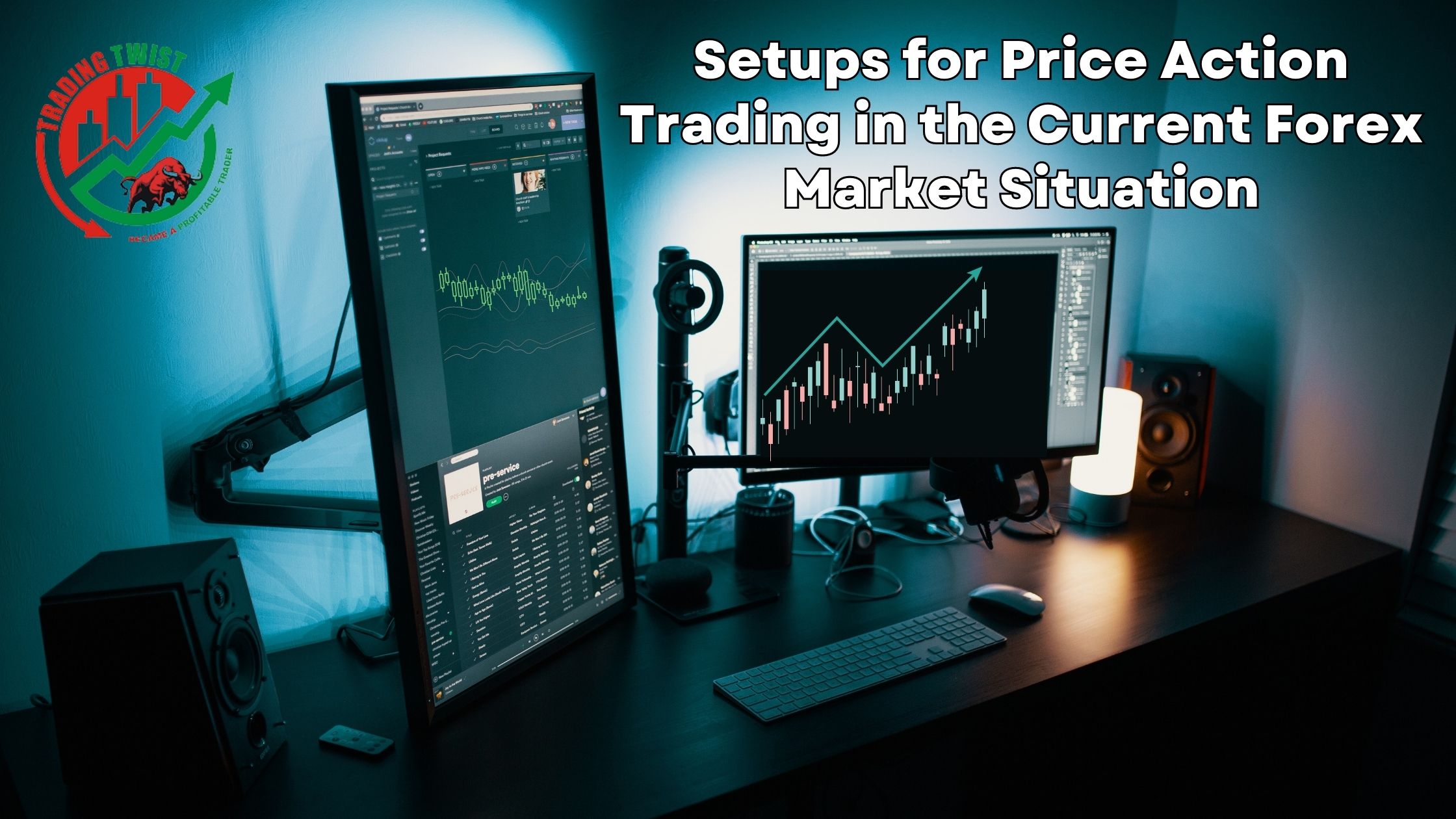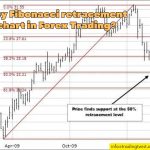
Price action trading is a popular and effective way of analyzing and trading the forex market. Price action trading relies on the observation of price movements and patterns, without the use of indicators or other tools. Price action setups traders use candlestick charts, support and resistance levels, trend lines, chart patterns, and other techniques to identify trading opportunities and execute their trades.
Setup 1: Breakout of a Consolidation Zone
A consolidation zone is a period of sideways price movement, where the market is indecisive and neither buyers nor sellers have a clear advantage. A consolidation zone can be identified by a narrow range of price fluctuations, often bounded by horizontal support and resistance levels. A consolidation zone can also be formed by other chart patterns, such as triangles, wedges, flags, or pennants.
A breakout of a consolidation zone occurs when the price breaks out of the range in either direction, signaling a new trend or a continuation of an existing trend. A breakout can be confirmed by a strong candlestick close outside the range, an increase in volume, or a retest of the broken level as a new support or resistance.
To trade a breakout of a consolidation zone, a price action trader can look for the following steps:
- Identify a consolidation zone on the chart, preferably on a higher time frame (such as daily or weekly).
- Draw horizontal support and resistance levels to mark the boundaries of the range.
- Wait for the price to break out of the range with a strong candlestick close.
- Enter a trade in the direction of the breakout, either at the breakout point or after a retest of the broken level.
- Place a stop loss below or above the opposite end of the range, depending on the direction of the trade.
- Set a target based on the height of the range or use trailing stops to lock in profits.
Setup 2: Trend Line Bounce
A trend line is a diagonal line that connects two or more swing highs or swing lows on the chart. A trend line can indicate the direction and strength of a trend, as well as potential support and resistance levels. A trend line bounce occurs when the price bounces off a trend line, respecting it as a support or resistance level.
To trade a trend line bounce, a price action setups trader can look for the following steps:
- Identify a valid trend line on the chart, preferably on a higher time frame (such as daily or weekly).
- Draw a trend line by connecting at least two swing highs or swing lows that are not too close together or too far apart.
- Wait for the price to approach the trend line and bounce off it with a reversal candlestick pattern (such as pin bars, engulfing bars, hammers, or shooting stars).
- Enter a trade in the direction of the trend line bounce, either at the bounce point or after a confirmation candlestick close.
- Place a stop loss below or above the reversal candlestick pattern, depending on the direction of the trade.
- Set a target based on previous swing highs or swing lows or use trailing stops to lock in profits.
Setup 3: False Breakout of a Key Level
A key level is an important horizontal support or resistance level that has been tested multiple times by price and has proven to be significant. A key level can be identified by looking at previous price reactions at that level, such as bounces, reversals, breakouts, or retests. A key level can also be derived from other tools, such as Fibonacci retracements or extensions, pivot points, or psychological numbers.
A false breakout of a key level occurs when the price breaks through a key level but fails to sustain its momentum and reverses back into its original range. A false breakout can indicate that the market was testing the strength of the key level and that there is not enough demand or supply to push the price further. A false breakout can also be caused by market manipulation or stop hunting by large traders.
To trade a false breakout of a key level, a price action setups trader can look for the following steps:
- Identify a key level on the chart, preferably on a higher time frame (such as daily or weekly).
- Draw a horizontal line to mark the key level.
- Wait for the price to break through the key level with a strong candlestick close.
- Wait for the price to reverse back into its original range with another strong candlestick close.
- Enter a trade in the opposite direction of the false breakout, either at the reversal point or after a confirmation candlestick close.








